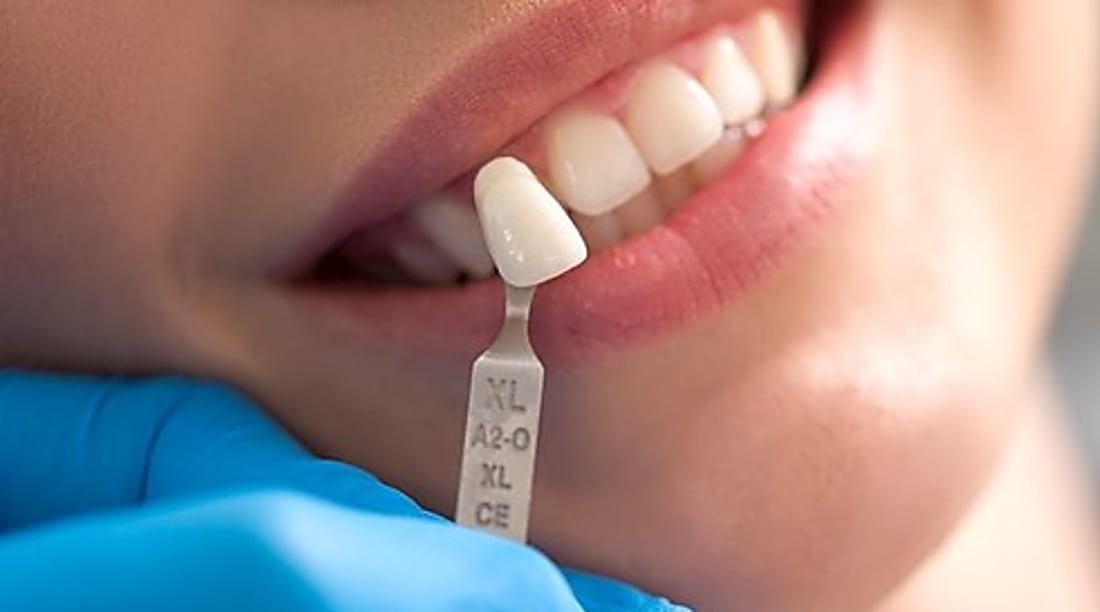Screwless Dental Implants: What You Need to Know
Modern dentistry continues to evolve with innovative solutions that prioritize patient comfort and effective outcomes. Screwless dental implants represent a newer approach to tooth replacement, offering an alternative to traditional screw-retained implants. These systems use different retention mechanisms that may benefit certain patients. Understanding how screwless implants work, their advantages, and whether they suit your needs can help you make informed decisions about your oral health.

Understanding Screwless Dental Implant Technology
Dental implant technology has advanced significantly over the past few decades, moving beyond the standard screw-retained models that have dominated the field. Screwless dental implants utilize cement-retained or friction-fit designs that eliminate the need for access holes and screws typically used to secure crowns to implant abutments. This approach offers a streamlined profile and may reduce certain complications associated with traditional implant systems. As dental professionals explore ways to improve patient outcomes and simplify procedures, screwless options are gaining attention for their potential benefits in specific clinical situations.
What Are Screwless Dental Implants?
Screwless dental implants refer to prosthetic systems where the crown or restoration is attached to the implant abutment without using retention screws. Instead, these restorations are typically cemented in place, similar to how traditional dental crowns are bonded to natural teeth. The implant itself is still surgically placed into the jawbone, where it integrates through osseointegration. However, the final crown attachment differs from screw-retained designs.
In a screw-retained implant, a small access hole remains visible on the chewing surface of the crown, which is filled after the screw is tightened. Screwless implants eliminate this feature, providing a smoother surface without access holes. The cement-retained approach can offer aesthetic advantages, particularly for front teeth where appearance matters most. The absence of screw access channels also means there are no potential weak points in the crown material that could affect long-term durability.
Why Are Screwless Implants Becoming a Popular Choice?
Several factors contribute to the growing interest in screwless dental implant systems among both patients and dental professionals. One primary advantage is the aesthetic outcome. Without screw access holes, the crown can be designed with optimal contours and shading, creating a more natural appearance. This is especially important for visible teeth in the smile zone.
Another benefit relates to the reduced risk of screw loosening, a complication that can occur with traditional screw-retained implants. When screws loosen over time, patients may experience mobility in the crown or require additional visits to retighten the components. Cement-retained screwless implants eliminate this concern entirely, as the crown is bonded permanently to the abutment.
The simplified design also allows for easier management of certain anatomical challenges. In cases where the implant angle is not ideal, cement-retained restorations can compensate more effectively than screw-retained options. Additionally, some patients find the idea of a permanently bonded crown more reassuring than knowing a screw holds their restoration in place.
However, screwless implants are not without considerations. If complications arise or adjustments are needed, removing a cemented crown can be more challenging than simply unscrewing a screw-retained restoration. Excess cement that remains below the gum line during placement can also lead to inflammation or peri-implantitis if not properly removed. Dental professionals must carefully evaluate each case to determine the most appropriate retention method.
Comparing Traditional and Screwless Implant Options
When considering dental implant options, understanding the differences between retention methods helps patients and dentists make informed choices. Both screw-retained and cement-retained screwless implants have proven track records, and the best choice depends on individual clinical circumstances.
| Feature | Screw-Retained Implants | Cement-Retained (Screwless) Implants |
|---|---|---|
| Crown Attachment | Secured with retention screw | Bonded with dental cement |
| Access Hole | Visible, filled after placement | None, smooth crown surface |
| Retrievability | Easily removed by unscrewing | Requires crown removal, potentially destructive |
| Aesthetic Outcome | Good, with filled access hole | Excellent, no surface interruption |
| Risk of Screw Loosening | Possible over time | Not applicable |
| Cement Complications | Not applicable | Excess cement may cause inflammation |
| Ideal Applications | Posterior teeth, complex cases | Anterior teeth, aesthetic zone |
This article is for informational purposes only and should not be considered medical advice. Please consult a qualified healthcare professional for personalized guidance and treatment.
Making the Right Choice for Your Dental Health
Choosing between screwless and traditional dental implants requires careful consideration of multiple factors. Your dentist will assess the location of the missing tooth, the angle of implant placement, your aesthetic priorities, and your overall oral health. Front teeth replacements often benefit from the superior aesthetics of cement-retained screwless implants, while back teeth may be better suited to the retrievability of screw-retained designs.
Patient preferences also play a role. Some individuals prioritize the ability to have restorations easily adjusted or removed if needed, making screw-retained implants more appealing. Others value the seamless appearance and permanent nature of cemented crowns. Open communication with your dental provider about your goals and concerns will help guide the decision-making process.
Regardless of the retention method chosen, successful dental implant outcomes depend on proper surgical technique, quality materials, appropriate case selection, and diligent oral hygiene. Regular dental checkups allow your provider to monitor the implant and surrounding tissues, addressing any issues before they become significant problems.
Conclusion
Screwless dental implants offer a valuable alternative to traditional screw-retained systems, particularly in situations where aesthetics are paramount and retrievability is less critical. By eliminating screw access holes and potential loosening issues, cement-retained restorations provide smooth, natural-looking results that many patients find appealing. However, the reduced ability to easily remove or adjust these restorations means careful case selection is essential. Working closely with an experienced dental professional ensures you receive the implant solution best suited to your unique needs, leading to long-lasting, functional, and beautiful results.



